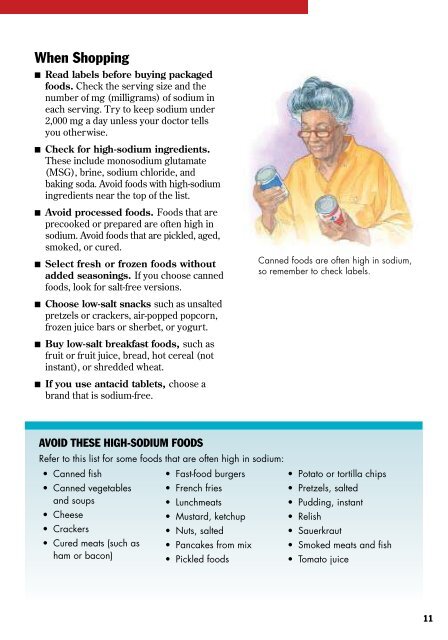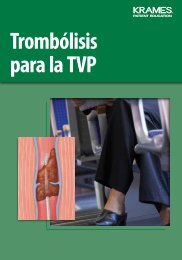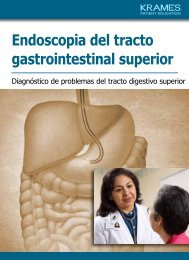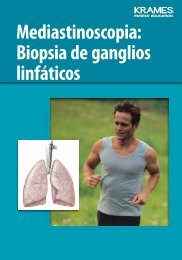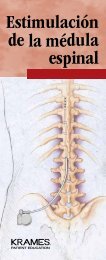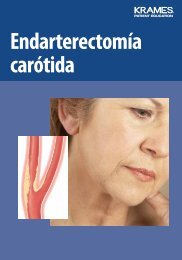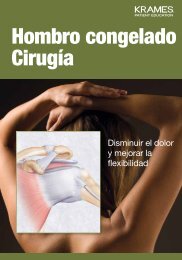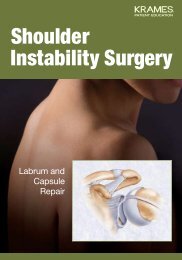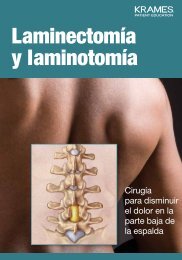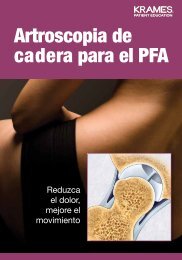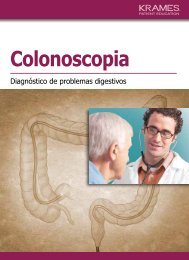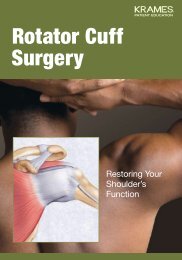Understanding Cardiomyopathy - Veterans Health Library
Understanding Cardiomyopathy - Veterans Health Library
Understanding Cardiomyopathy - Veterans Health Library
You also want an ePaper? Increase the reach of your titles
YUMPU automatically turns print PDFs into web optimized ePapers that Google loves.
When Shopping■ Read labels before buying packagedfoods. Check the serving size and thenumber of mg (milligrams) of sodium ineach serving. Try to keep sodium under2,000 mg a day unless your doctor tellsyou otherwise.■ Check for high-sodium ingredients.These include monosodium glutamate(MSG), brine, sodium chloride, andbaking soda. Avoid foods with high-sodiumingredients near the top of the list.■ Avoid processed foods. Foods that areprecooked or prepared are often high insodium. Avoid foods that are pickled, aged,smoked, or cured.■ Select fresh or frozen foods withoutadded seasonings. If you choose cannedfoods, look for salt-free versions.Canned foods are often high in sodium,so remember to check labels.■ Choose low-salt snacks such as unsaltedpretzels or crackers, air-popped popcorn,frozen juice bars or sherbet, or yogurt.■ Buy low-salt breakfast foods, such asfruit or fruit juice, bread, hot cereal (notinstant), or shredded wheat.■ If you use antacid tablets, choose abrand that is sodium-free.Avoid these High-Sodium FoodsRefer to this list for some foods that are often high in sodium:• Canned fish• Canned vegetablesand soups• Cheese• Crackers• Cured meats (such asham or bacon)• Fast-food burgers• French fries• Lunchmeats• Mustard, ketchup• Nuts, salted• Pancakes from mix• Pickled foods• Potato or tortilla chips• Pretzels, salted• Pudding, instant• Relish• Sauerkraut• Smoked meats and fish• Tomato juice11


